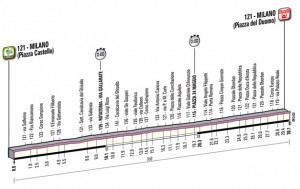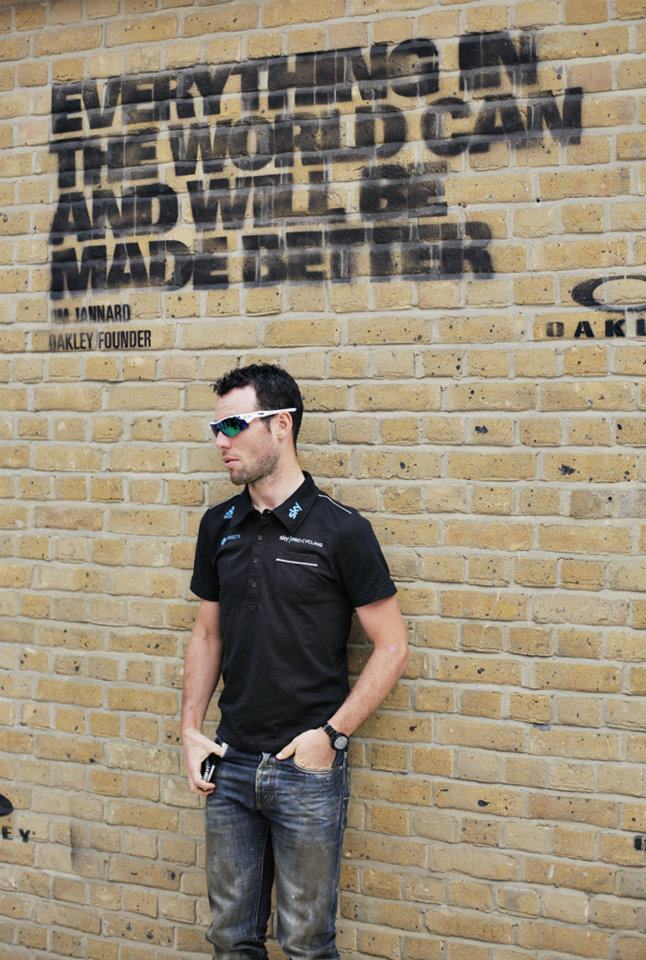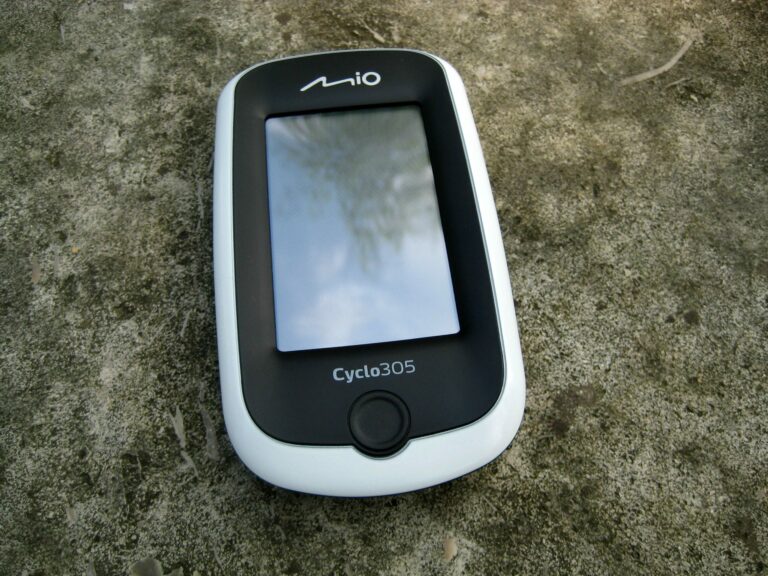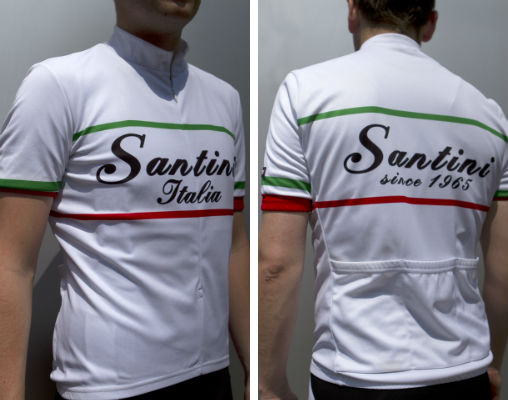Previous editions of the Giro d’Italia have regularly descended into a war of attrition, with battle-weary riders slogging their way to the finish – but the introduction of Michele Acquarone as race director has resulted in what Alberto Contador called a “more human” parcours at the route presentation last October.
A largely flat first week should keep the sprinters happy, while a host of mountain stages, seven summit finishes, including the highest in Grand Tour history atop the Passo dello Stelvio on the penultimate stage, and three time trials provide plenty of opportunity for fireworks. Here’s where the race will be won or lost.
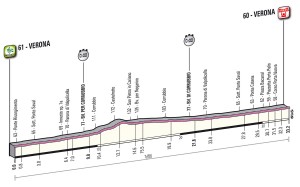
Stage four
The 2012 Giro features three tests against the clock. This, the second after the 8.7km opening time trial, should provide the first shake-up of the general classification. The stage is the first in Italy after three days in Denmark and one travelling between the two countries. The course isn’t particularly technical but it is flat and teams will be motoring along, which could leave the climbing specialists struggling to hold the wheels and stay part of the train, plus the distance is significant enough for considerable chunks of time to be won or lost, either putting general classification contenders on the front foot or with ground to make up.
 Stage eight
Stage eight
Stage seven sees the first summit finish of the race but the final climb is unlikely to trouble any rider with their eyes set on overall victory. Stage eight, however, will see the peloton head uphill from the first kilometre, with a lumpy stage likely to suit breakaway specialists. The final climb starts gently but kicks up into double-digit gradients before a 4.5km plateau to the finish to Lago Laceno. There won’t be huge time gains to be made here but we should begin to see how the favourites’ legs are faring going into the final two weeks of the race.

Stage 14
Undoubtedly a stage of two halves, May 19 will start with a flat first half before the climb of Col de Joux to 1,640m ahead of the final climb to the ski resort of Cervinia, in the shadow of the Matterhorn. The road climbs for 27km at an average gradient of 5.6 per cent and tired legs will be tested after 11 consecutive days of racing. The sparring is over and the following day’s shark’s tooth stage will see another summit finish before a well-earned rest day.

Stage 17
Stage 17 features four climbs, with the final three in quick succession ahead of a 20km descent to the finish in Cortina d’Ampezzo. And it’s the final run to the line which could prove significant. Riders who lose time on the climb to Passo Giau at 2,236m face a test of nerve in order to catch any escapees, while those up front will want to press home their advantage. Riders who can climb and descend in equal measure could reap big rewards, which should all make for a thrilling finale.

Stage 20
This, the Queen Stage, is the last of three stages (17, 19 and 20 – 18 provides some respite) in the Dolomites, with a summit finish atop the Passo dello Stelvio at 2,757m – set to be the highest ever finish in Grand Tour history, as long as the weather gods read the script. This is an epic day in the mountains with three climbs to start the stage before the penultimate ascent of the Mortirolo (11.4km at 10.5 per cent). Tired legs will be severely tested even before the Stelvio, a brutal 22.4km ascent at an average of 12 per cent and the opportunity for an attacking rider to write their name in Giro history.
Stage 21
It seems almost inconceivable that the winner of the 2012 Giro d’Italia could be decided on the final day but battle-bruised legs and tired minds will be tested over the 30.1km time trial in Milan. The pan-flat course will play into the hands of time triallers with overall ambitions (like Garmin-Barracuda’s Ryder Hesjedal) who can get on top of a big gear while the pure climbers will suffer. Milan’s ample street furniture will sharpen the mind even more. The champion may not be decided on the roads of Italy’s second city but there’s ample opportunity for the final GC to be fine-tuned.

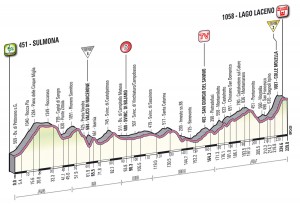 Stage eight
Stage eight